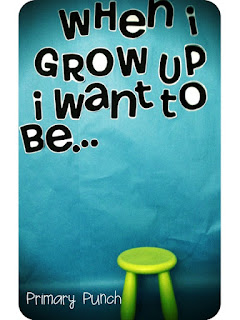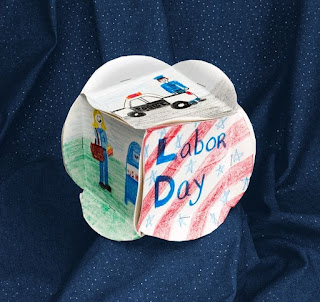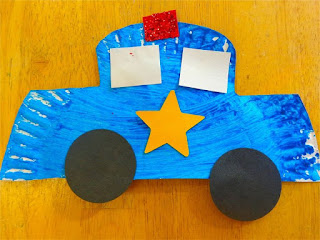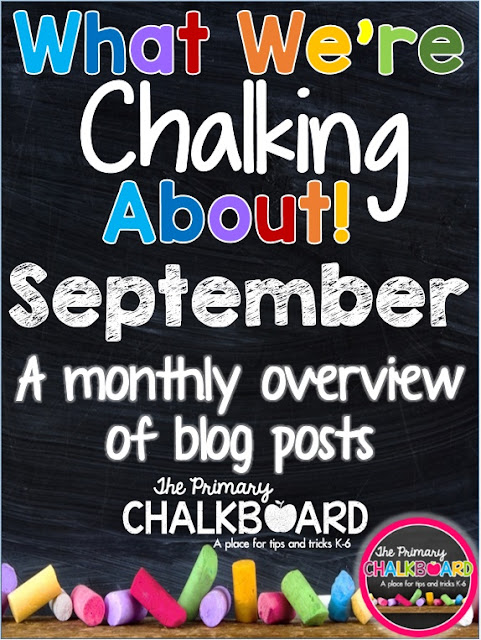Sometimes, Labor Day gets skipped over during the month of September because of how busy curriculum starts off. If there is any freedom in your curriculum, it's a great holiday to incorporate. Reading, social studies, speaking and listening, and more!
1. Host a Career Day
-Invite parents or other student family members to come into your classroom to chat about their jobs. One year, my grade level invited six people to come and the classes rotated through each room. The six helpers talked for about 10 minutes, then did a little activity for their career with each class.
Here is a great article from eHow on hosting an elementary Career Day.
Check out these darling decorations for Career Day from KC School Counselor Chic.
2. Teach a Community Helpers Unit
-Community Helper and Labor Day go hand in hand. This is when I have always taught my community helper units. I tried to make the unit cross-curricular, so we incorporated them in our math, in our reading centers, and into our content lessons.
Check out these two activities for community helpers from Life in First Grade and Primary Punch!
Writing, math, interactive activities, and more in this unit!
3. Back to Basics: Reading and Social Studies
-If you only have one or two days to teach Labor Day and can't afford to give up the week to do community helpers unit, teach the nonfiction meaning behind Labor Day.
(Source: No Time for Flash Cards)
These two paired texts are part of my Paired Passages sets!
4. Make It Crafty
-Kids love arts and crafts! As long as you're making the craft meaningful, it'll work great in your Labor Day unit!
(Source: Crayola)
(Source: Easy Breezy)
(Source: Terrific Preschool Years)
(Source: Anatomy for Children)
(Source: JAM Blog)
Thanks for reading!
Brought to you by Jessica for Primary Chalkboard!
















































